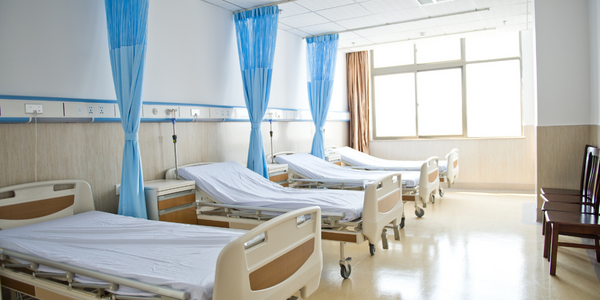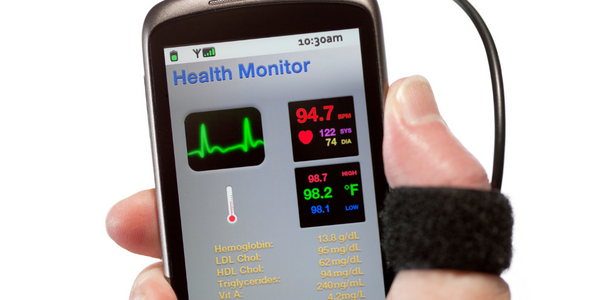技术
- 基础设施即服务 (IaaS) - 云数据库
- 传感器 - 声学传感器
适用行业
- 电子商务
- 医疗保健和医院
适用功能
- 维护
- 销售与市场营销
用例
- 实验自动化
- 预测性维护
服务
- 测试与认证
关于客户
Cuisinart 是 Conair Corporation 的一个部门,是烹饪器具、专业品质炊具、户外烧烤和厨房配件的市场领导者。 Cuisinart 的使命是帮助消费者“品味美好生活®”,自 1971 年以来一直致力于生产各种创新、功能性和高品质的产品。该公司的电子邮件营销计划面临着重大挑战,由于邮件被阻止、退回和列入黑名单的 IP 地址,送达率急剧下降。这促使他们寻求更有效的解决方案来提高电子邮件的送达率。
挑战
Cuisinart 是一家领先的烹饪用具制造商,其电子邮件营销计划面临着重大挑战。由于邮件拦截、退回邮件和列入黑名单的 IP 地址等问题,他们的电子邮件送达率直线下降。该公司正在努力通过垃圾邮件过滤器并接触到目标受众。根据 Return Path 的送达率基准报告,大约 15% 的电子邮件由于电子邮件服务提供商和审查域声誉、订阅者参与度和内容的垃圾邮件过滤器的阻止而无法到达预期收件人。 Cuisinart 的情况更加严峻,导致他们停止了所有电子邮件营销活动,并寻求更有效的解决方案来提高电子邮件的送达率。
解决方案
Cuisinart 与 Acoustic 和数字机构Whereoware 合作制定了一项全面的计划来提高电子邮件的送达率。该计划分三个步骤执行:分析当前状态、改进数据和发送健康状况以及维护数据和可交付性健康状况。该团队对 12 个月的电子邮件进行了深入分析,评估了电子邮件内容、数据库运行状况和域名声誉。他们将所有电子邮件模板的实时测试发送到 90 多个应用程序、设备和平台,以进行垃圾邮件和送达率测试。 Whereoware 还审查了 Cuisinart 的数据库和数据维护实践。然后,他们帮助 Cuisinart 迁移到 Acoustic Campaign,以新的专用 IP 地址重新开始。第二步,Whereoware 为 Cuisinart 开发了一种新的数据库结构,可容纳来自多个系统的数据,并允许严格控制电子邮件内容和频率偏好。他们还发起了数据清理,以识别垃圾邮件陷阱、硬退回邮件和不活跃的订阅者。最后一步,Whereoware 帮助 Cuisinart 保持新清理数据的健康状况,并提高电子邮件送达率。他们创建了一个主电子邮件模板并实施了用户友好的选择加入和取消订阅表单。 Cuisinart 现在可以将订阅者细分为不同的受众,以提供更大的个性化服务,鼓励更高的参与度并提高打开率。
运营影响
数量效益

Case Study missing?
Start adding your own!
Register with your work email and create a new case study profile for your business.
相关案例.

Case Study
Hospital Inventory Management
The hospital supply chain team is responsible for ensuring that the right medical supplies are readily available to clinicians when and where needed, and to do so in the most efficient manner possible. However, many of the systems and processes in use at the cancer center for supply chain management were not best suited to support these goals. Barcoding technology, a commonly used method for inventory management of medical supplies, is labor intensive, time consuming, does not provide real-time visibility into inventory levels and can be prone to error. Consequently, the lack of accurate and real-time visibility into inventory levels across multiple supply rooms in multiple hospital facilities creates additional inefficiency in the system causing over-ordering, hoarding, and wasted supplies. Other sources of waste and cost were also identified as candidates for improvement. Existing systems and processes did not provide adequate security for high-cost inventory within the hospital, which was another driver of cost. A lack of visibility into expiration dates for supplies resulted in supplies being wasted due to past expiry dates. Storage of supplies was also a key consideration given the location of the cancer center’s facilities in a dense urban setting, where space is always at a premium. In order to address the challenges outlined above, the hospital sought a solution that would provide real-time inventory information with high levels of accuracy, reduce the level of manual effort required and enable data driven decision making to ensure that the right supplies were readily available to clinicians in the right location at the right time.

Case Study
Gas Pipeline Monitoring System for Hospitals
This system integrator focuses on providing centralized gas pipeline monitoring systems for hospitals. The service they provide makes it possible for hospitals to reduce both maintenance and labor costs. Since hospitals may not have an existing network suitable for this type of system, GPRS communication provides an easy and ready-to-use solution for remote, distributed monitoring systems System Requirements - GPRS communication - Seamless connection with SCADA software - Simple, front-end control capability - Expandable I/O channels - Combine AI, DI, and DO channels

Case Study
Driving Digital Transformations for Vitro Diagnostic Medical Devices
Diagnostic devices play a vital role in helping to improve healthcare delivery. In fact, an estimated 60 percent of the world’s medical decisions are made with support from in vitrodiagnostics (IVD) solutions, such as those provided by Roche Diagnostics, an industry leader. As the demand for medical diagnostic services grows rapidly in hospitals and clinics across China, so does the market for IVD solutions. In addition, the typically high cost of these diagnostic devices means that comprehensive post-sales services are needed. Wanteed to improve three portions of thr IVD:1. Remotely monitor and manage IVD devices as fixed assets.2. Optimizing device availability with predictive maintenance.3. Recommending the best IVD solution for a customer’s needs.

Case Study
HaemoCloud Global Blood Management System
1) Deliver a connected digital product system to protect and increase the differentiated value of Haemonetics blood and plasma solutions. 2) Improve patient outcomes by increasing the efficiency of blood supply flows. 3) Navigate and satisfy a complex web of global regulatory compliance requirements. 4) Reduce costly and labor-intensive maintenance procedures.

Case Study
Cloud-based healthcare solution for Royal Philips
Royal Philips wanted to launch its cloud-based healthcare solution HealthSuite Digital Platform in China to deliver services to help cope with challenges related to urbanization and population growth. Philips wanted to achieve this goal by combining mobile, cloud computing and big data technologies. To bring this platform and product to market, Philips required cloud computing and local technical service capabilities in China, in addition to a flexible IT infrastructure that could handle user requests.








